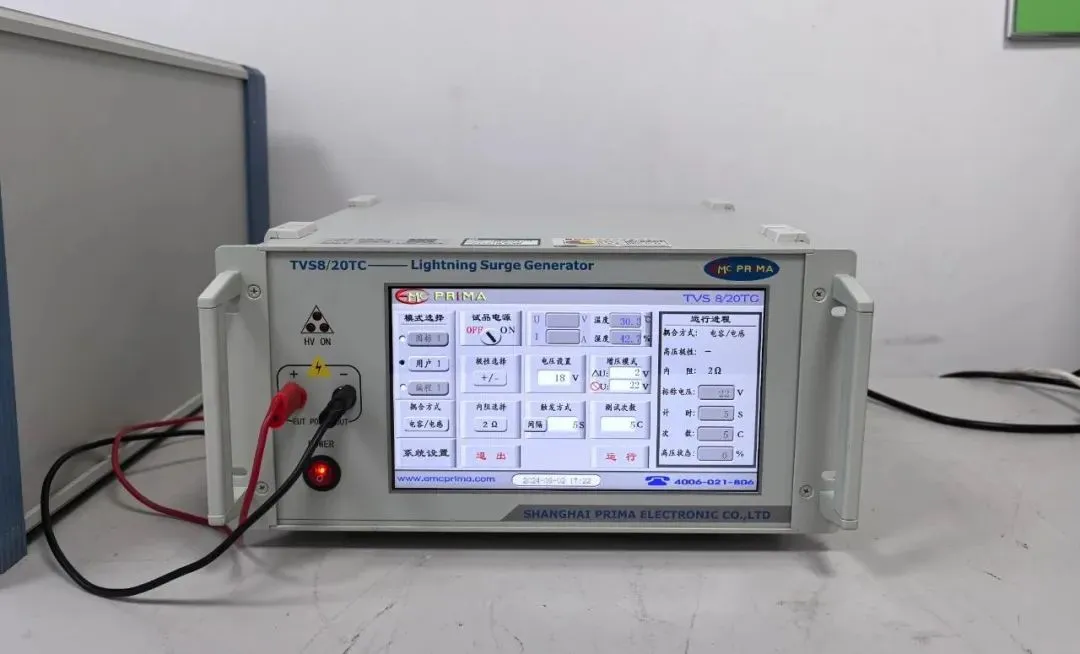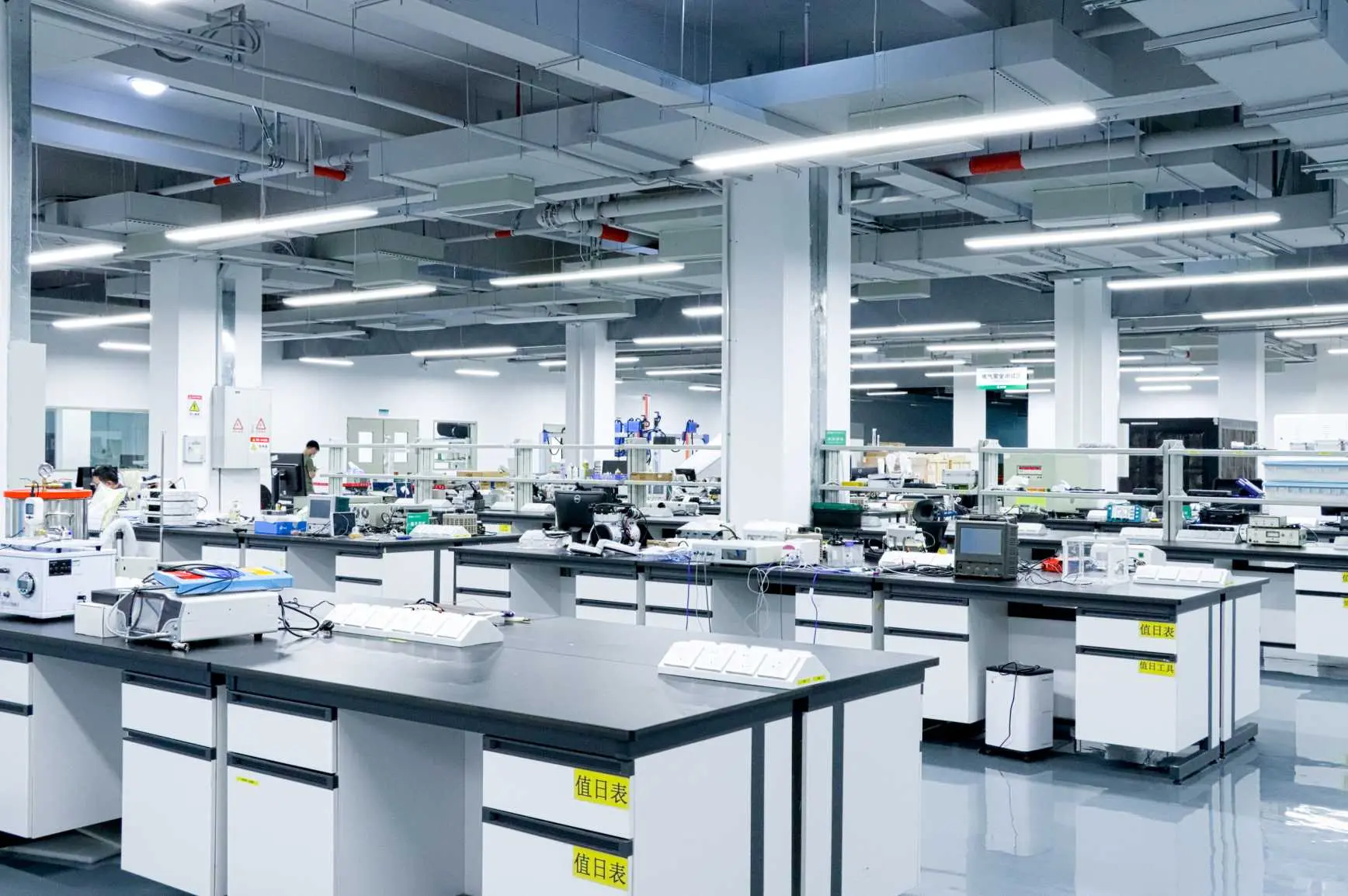
CE Certification Process for Electronic and Electrical Products
The CE certification provides a unified technical standard for products traded in the European market, simplifying trade procedures. Any product entering the EU or European Free Trade Area must undergo CE certification and bear the CE mark. CE certification serves as a passport for products to enter the EU and EFTA markets. The CE mark indicates that a product meets the safety requirements specified by EU directives; it’s a commitment from the manufacturer to the consumer, enhancing consumer confidence in the product. Products with the CE mark reduce the risks associated with sales in the European market, including:
- Risk of being detained by customs
- Risk of investigation by market supervision agencies
- Risk of accusations from competitors for competitive purposes
Types of ce certificates:
1. Declaration of Conformity: Self-issued by the enterprise.
2. Certificate of Compliance: A certificate demonstrating compliance.
3. EC Attestation of Conformity: Issued by a Notified Body (NB). According to EU regulations, only an NB is qualified to issue the EC Type CE Declaration.
Process for CE Certification of Electronic and Electrical Products:
1. Submit Application: Fill out an application form, confirm product name, model, quantity, and submit relevant product documents.
2. Review & Payment: Receive a quote, make payment, review the application and certification documents, and submit product samples.
3. Testing: Once the documents are approved, the product undergoes testing, and a draft certificate is prepared.
4. Review & Finalization: The applicant reviews the draft. If modifications are needed, feedback is provided, and a revised draft is issued before the final certificate is signed.
Required Documents for CE Certification:
1. Application Form (provided by us): Includes applicant name, address, product name, and model.
2. Product Manual: Includes usage instructions, emergency handling measures, and detailed technical parameters (e.g., voltage, current, power).
3. Exploded View: Structural diagram, principle diagram, and circuit diagram showing design details like clearance, insulation layers, and thickness.
4. Component List (provided by us): Includes part names, manufacturers, product models, and parameters.
5. Certification Copies: For both the whole machine and components (valid certificates may exempt some tests).
6. Model Series Explanation: Explains differences between model series to determine if they can be grouped into one series.
7. Two Working Samples: One with the most complex structure and highest power, and another with the lowest power.
8. Business Documents: Copies of business license, production license, and organization code certificate.
9. Other Required Documents: As necessary.
Note: All documents must be provided in English.
CE Certification Standards for Electronic Products:
Common CE directives for electronic products include:
- EMC Directive (2014/30/EU)
- lvd directive (2014/30/EU)
- Machinery Directive (2006/42/EU)
For typical DC electronic products, the EMC Directive (2014/30/EU) applies.
Common EMC Standards:
- EN 55011, EN 50081-2, EN 50082-2 (industrial product standards)
- EMI (Electromagnetic Interference) Tests:
- Conducted emissions: EN 55011
- Radiated emissions: EN 55011
- EMS (Electromagnetic Susceptibility) Tests:
- Conducted immunity: en 61000-4-6
- Radiated immunity: EN 61000-4-3
- Electrostatic discharge (ESD) immunity: EN 61000-4-2
- Electrical fast transient (EFT) immunity: EN 61000-4-4
- Power frequency magnetic field immunity: EN 61000-4-8
- Surge immunity: EN 61000-4-5
- Voltage dips and interruptions: EN 61000-4-11
Other Relevant Standards:
- EN 55013: Broadcast receivers and associated equipment
- EN 55014: Household appliances and portable tools
- EN 55015: Lighting equipment
For equipment with operating voltages between AC 50-1000V and DC 75-1500V, both EMC and LVD directives must be followed.
Common LVD Standards:
- Household products: EN 60335
- Lighting products: EN 60598
- Audio-visual products: en 60065
- Information technology products: EN 60950
- Electrical machinery: EN 60204
- Measurement instruments: EN 61010
For products classified as machinery, the MD Directive applies, covering machinery safety requirements.
Machinery CE Certification Standards:
- EN ISO 12100:2010
- EN 60204-1:2006+A1:2009+AC:2010
Factors Affecting ce certification costs:
The cost of CE certification depends primarily on the certification body and the applicable product directives. Different products require different testing procedures. Common categories are electronic and electrical products, often requiring EMC and LVD directives. Machinery product CE certification is more expensive due to factory audits and evaluations.
In some cases, products require only lvd certification, but customers may specify EMC as well, leading to cost differences. Some customers certify products for domestic market promotion and choose directives arbitrarily. According to ce regulations, products must pass all applicable directives before affixing the CE mark. Electrical products typically require LVD, EMC, and possibly the Machinery Directive, resulting in varying costs.
CE Certification Time for Electronic Products:
Certification typically takes about one week, starting from the time the sample arrives at the testing laboratory. This time does not include any corrective actions. Expedited services are available in urgent cases.
Email:hello@jjrlab.com
Write your message here and send it to us
 EU Walkie-Talkie Testing Standards (30MHz–1000MHz)
EU Walkie-Talkie Testing Standards (30MHz–1000MHz)
 EU Compliance Certification Requirements for Tread
EU Compliance Certification Requirements for Tread
 EU Amazon & TEMU Compliance for Wireless Produ
EU Amazon & TEMU Compliance for Wireless Produ
 Bluetooth BQB Compliance Protocol Testing
Bluetooth BQB Compliance Protocol Testing
 Audio-Visual Equipment CE EN 62368 Testing Process
Audio-Visual Equipment CE EN 62368 Testing Process
 Amazon Portable Power Station Direct Validation Gu
Amazon Portable Power Station Direct Validation Gu
 What is the Japan PSE JIS C 62368-1:2020 Test
What is the Japan PSE JIS C 62368-1:2020 Test
 JIS C 62368-1 Electrical Safety Testing Standard
JIS C 62368-1 Electrical Safety Testing Standard
Leave us a message
24-hour online customer service at any time to respond, so that you worry!




